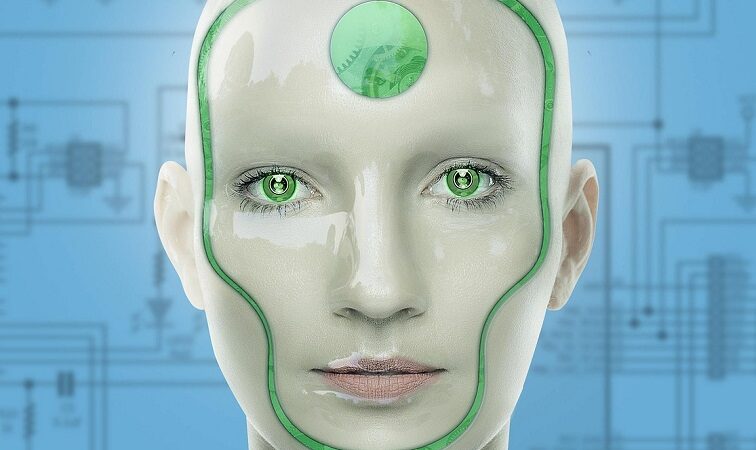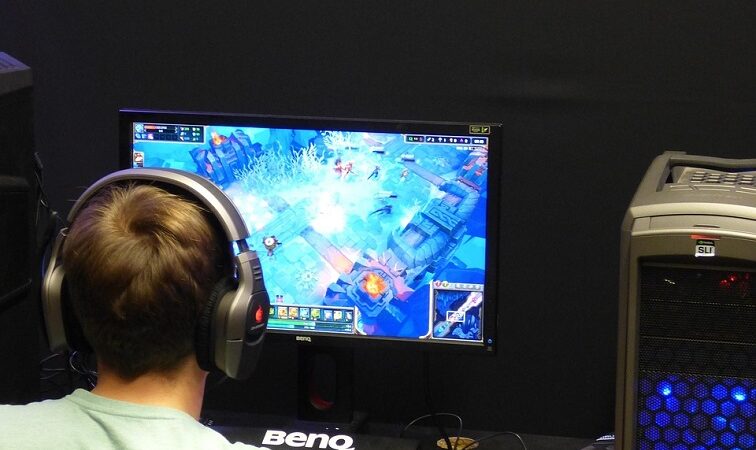Things That Haven’t Been Invented Yet Exploring the Future
In our ever-evolving world, innovation drives progress. However, there are still numerous concepts and items that have yet to be invented. This article explores some intriguing possibilities that might one day become reality.
1. Universal Language Translator
1.1. Current Limitations
While translation apps have made significant strides, they still struggle with nuances, context, and cultural subtleties. They often produce translations that lack the richness and depth of human communication.
1.2. The Future Vision
A universal language translator could eliminate language barriers entirely, providing real-time, perfectly nuanced translations across all languages and dialects. This device would use advanced AI to understand and convey not just words, but cultural context and emotions, enabling flawless communication worldwide.
2. Personalized Health Monitoring System
2.1. Existing Technology
Currently, health monitoring devices like wearables can track basic metrics such as heart rate, sleep patterns, and physical activity. However, they often fall short in providing comprehensive health insights.
2.2. Future Prospects
A fully personalized health monitoring system could integrate with genetic, lifestyle, and environmental data to offer highly accurate health predictions and recommendations. This system would provide real-time feedback on health status, anticipate potential issues, and offer tailored wellness plans to prevent illness and optimize well-being.
3. Self-Cleaning Homes
3.1. Current Methods
Cleaning technologies today range from robotic vacuums to smart home appliances, but these still require human intervention for effective home maintenance.
3.2. Vision of the Future
Imagine a home equipped with self-cleaning surfaces and automated systems that continuously maintain cleanliness. This concept could involve advanced materials that repel dirt and bacteria, combined with autonomous robots and nanotechnology that handle tasks like dusting, vacuuming, and sanitation without human input.
4. Teleportation Devices
4.1. Scientific Challenges
Teleportation remains a staple of science fiction, with theoretical physics suggesting that the concept is fraught with challenges. The idea of instantaneously transporting matter from one place to another involves complex issues related to energy, information transfer, and quantum mechanics.
4.2. Future Possibilities
If overcome, teleportation could revolutionize travel and logistics, enabling instantaneous movement of people and goods. This could lead to a radical transformation in how we approach transportation, commerce, and even emergency response.
5. Fully Autonomous Agricultural Systems
5.1. Current Developments
While automation in agriculture has advanced with the use of drones and autonomous tractors, these systems still require significant human oversight and are limited in their scope of operation.
5.2. Advanced Vision
A fully autonomous agricultural system would involve self-sustaining farms with robots capable of planting, tending, and harvesting crops with minimal human intervention. Such systems could also utilize AI to monitor soil health, manage resources, and optimize crop yields, potentially transforming global food production.
6. Emotion-Responsive Technology
6.1. Present-Day Tech
Current technology primarily interacts with users through commands and responses but lacks the ability to perceive and react to emotional states effectively.
6.2. Future Integration
Future devices could be equipped with advanced emotional recognition systems, allowing them to adjust their responses based on the user’s emotional state. For example, a smart assistant might offer support or comfort if it detects stress or sadness, creating a more empathetic interaction between humans and technology.
7. Artificial Gravity
7.1. Current Applications
Artificial gravity is a concept often explored in science fiction, primarily seen in space stations or spacecraft. In reality, creating a stable artificial gravity field remains a significant technical challenge.
7.2. Future Innovations
If developed, artificial gravity could revolutionize space travel, allowing astronauts to experience a gravity-like environment similar to Earth’s. This would enhance long-duration space missions, improve physical health and comfort, and pave the way for more sustainable space exploration and habitation.
8. Memory Editing Devices
8.1. Existing Techniques
While we have basic methods for enhancing memory through technology and pharmaceuticals, these approaches are limited in scope and effectiveness.
8.2. The Next Step
A memory editing device could allow individuals to enhance, erase, or modify specific memories with precision. This could have profound implications for treating trauma, improving cognitive function, and even personalizing learning experiences, though it would also raise ethical and privacy concerns.
Conclusion
While these inventions may seem speculative or far-fetched today, history has shown that many seemingly impossible ideas eventually become reality. The possibilities for future innovation are vast, and the drive to create new solutions to complex problems will likely continue to inspire groundbreaking discoveries.
FAQ on Things That Haven’t Been Invented
1. What are some examples of things that haven’t been invented yet?
Some notable examples include:
- Universal Language Translator: A device that can translate all languages and dialects with perfect nuance and context in real-time.
- Self-Cleaning Homes: Homes equipped with advanced materials and autonomous systems that maintain cleanliness without human intervention.
- Teleportation Devices: Technology that could instantly transport matter from one location to another, revolutionizing travel and logistics.
- Fully Autonomous Agricultural Systems: Self-sustaining farms with robots that handle all aspects of farming, from planting to harvesting, with minimal human oversight.
2. Why is it important to think about things that haven’t been invented yet?
Exploring things that haven’t been invented yet sparks creativity and drives innovation. It encourages scientists, engineers, and visionaries to push the boundaries of current technology and address challenges that could significantly impact society. By imagining future possibilities, we can identify opportunities for solving pressing global issues, improving quality of life, and advancing human potential.






